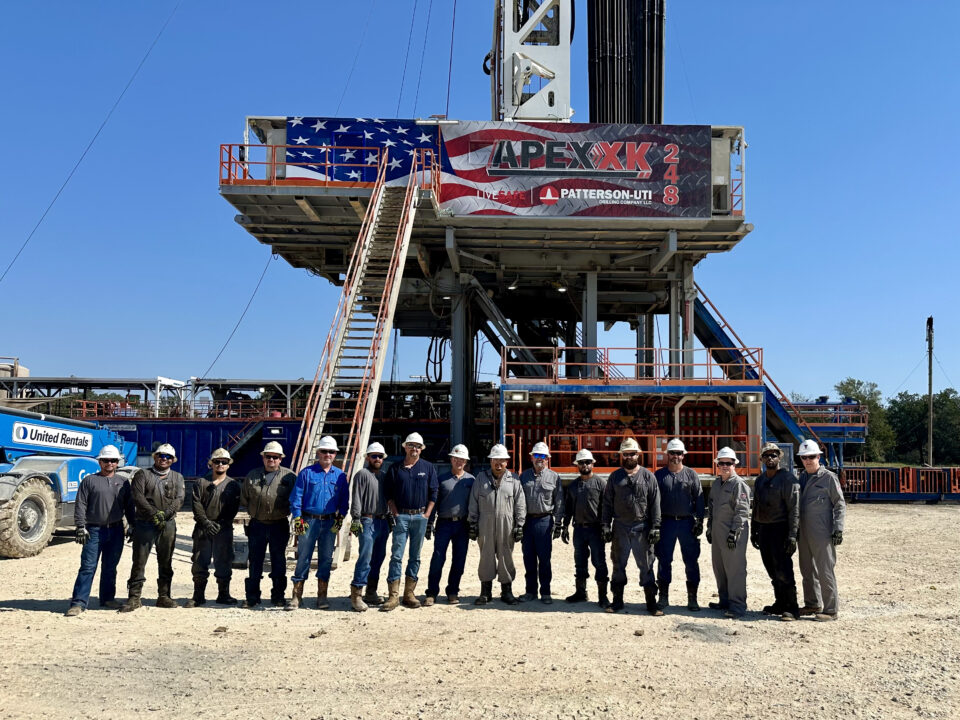SAFETY: From Rig Up to Spud
SAFETY: From Rig Up to Spud
- Each crewmember should be assigned certain jobs while rigging up or down.
- All personnel should become acquainted with the rig as soon as possible.
- Never carry too heavy a load — get help and do not get in a hurry.
- Watch your fellow workers to prevent injury to yourself or to your co-worker.
- Make sure the rotary floor is fixed securely with no holes and with all decking plates in place, and pipe stand-back area boards are properly secured.
- If matting boards are used, check turn-around and matting boards for any nails left sticking up that someone could step on.
- Stay clear of trucks.
- Never walk under loaded gin poles or crane booms.
- Place tools used on the rig floor close to the rig so the rig floor hoist can be used to assist rigging up.
- Do not overload the rig floor winches when rigging up.
- When using the rig floor winch for rigging up the derrick, make sure everything is tied and snubbed correctly. This will prevent anything falling while being raised in derrick, such as sections of monkey board, bumper board, belly board, tong board, standpipe, etc. A reliable person should be assigned to operate the rig floor winch when lifting or lowering objects.
- When putting up the standpipe, be sure to snub and fasten it to the derrick with safety chains. This is the most important time for the standpipe to be secured.
- Tong hanger and snub lines should be hung correctly. Make sure the lines are in good condition with the right number of wire rope clamps. Also see that the clamps are installed correctly (never saddle a dead horse) and that they are tight. This is often neglected in the rush of rigging up.
- Steps and handrails should be put up first and secured during rig up and taken down last during rig down. At the time of rigging up there is more use of the steps than at any other time.
- Have all guards over chains and pump belts in place before attempting to operate pumps.
- Check all clutches before putting machinery in operation. Make sure they engage and release properly.
- Be sure that wrenches, nuts and bolts, have not been left on clutches, pump fly wheels or any machinery before it is put in operation.
- Don’t just think—make sure that oil, water and proper lubrication has been put in motors, compounds, transmissions, rotary, swivel and bearings.
- Be sure high-pressure mud line valves are properly lined up before starting up the mud pumps.
- Be sure that the mud pumps are not deadheaded.
- Check to ensure that the mud pump pop-off valve is operational and is properly vented away from the working area.
- Check to ensure that the handrails, walkways and stairs are properly installed.
- Check out the mud-mixing hopper and valves. Be sure they are properly aligned for mixing spud mud.
- The driller should operate the rig slowly until he becomes accustomed to it and has ensured that the equipment is operating properly.
- Crewmembers should look for hazardous objects that might not have been present on the last drilling job.




